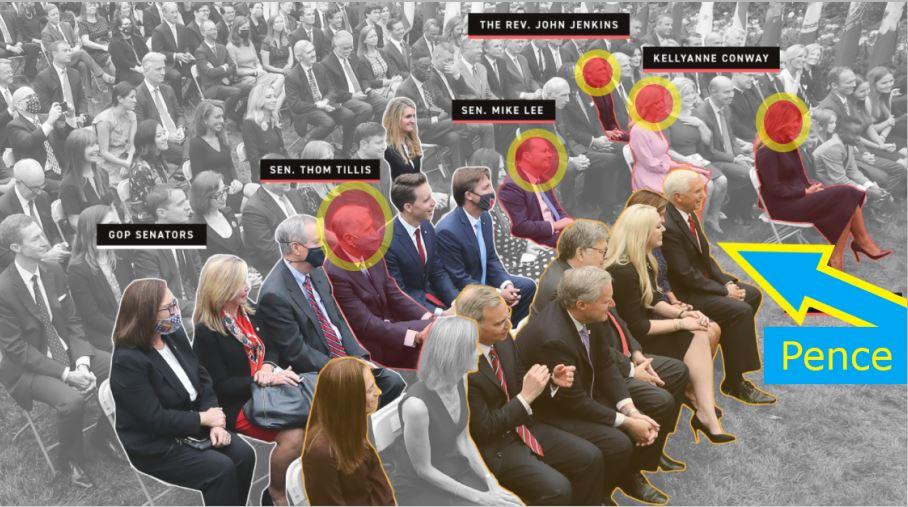Concerns over pervasive surveillance are often shrugged off with “ends justify the means” rationalizing. If it’s effective, it must be worth doing. But as more information on domestic surveillance programs surfaces, we’re finding out that not only are they intrusive, but they’re also mostly useless.
TrapWire — software produced by Stratfor and used by security and law enforcement agencies around the world — utilizes facial and pattern recognition technology to analyze CCTV footage for “pre-attack patterns,” meshing this information with other law enforcement databases, including online submissions from citizens reporting “suspicious behavior.”
The Texas Department of Public Safety utilizes TrapWire and has touted its success to multiple entities over the past several months.
According to an email from [Texas DPS spokesman Tom] Vinger to DMN columnist Dave Lieber, TrapWire in Texas “has resulted in, 21 patterns identified (12 with connections outside Texas); 44 arrests made; 36 investigations launched; 14 sent to a Joint Terrorism Task Force, ICE, other federal agencies.”
The 44 arrests claim is also part of an email to the agency’s lobbyists from Robert Bodisch, deputy director of Homeland Security & Services at DPS, which was reported by Lieber/DMN Watchdog in a May report.
But when faced with FOIA requests for data backing up this claim, the DPS was unable to find anything to corroborate its public assertions.
The Texas Department of Public Safety has backed off its statement that the citizen monitoring program TrapWire has resulted in 44 arrests after a Texas Watchdog inquiry, the second time since May the department has publicly misrepresented the agency’s accomplishments.
Instead, the department could not directly link a single arrest by the DPS to the program.
Despite this being repeated to journalists and lobbyists, the DPS is now claiming its “44 arrests” claim was just an honest mistake.
“In attempting to answer a question in good faith, there was an internal miscommunication that led to misinterpretation of the arrest data set — and as a result, the arrest number was not properly qualified,” DPS spokesman Tom Vinger said in a Thursday email to Texas Watchdog. “We are unable to state that the arrest is directly linked to a specific suspicious activity report.”
Even in bogus public statements, a law enforcement agency wants the benefit of the “good faith” exception. It still wants people to believe TrapWire is a beneficial law enforcement tool, despite the lack of evidence. Vinger’s “clarification” isn’t the only non-apology the DPS has to offer for its misleading claims. It also has this bit of hedging, which only serves to portray TrapWire as being as integral to law enforcement investigations as, say, a local police blotter.
The Thursday statement admitted there were no arrest records, but rather the “arrest number illustrates that individuals who have been arrested due to a criminal act were also reported in the TrapWire program.”
So, expensive software and multiple databases managed to result in some arrests. Or, rather, attempted to garner post facto credit for criminals that had already been arrested. As a nexus for law enforcement leads, TrapWire — at least in the hands of the Texas DPS — appears to be no more useful than a phone book, another “database” where arrested individuals might be listed.
The Emergency Election Sale is now live! Get 30% to 60% off our most popular products today!



